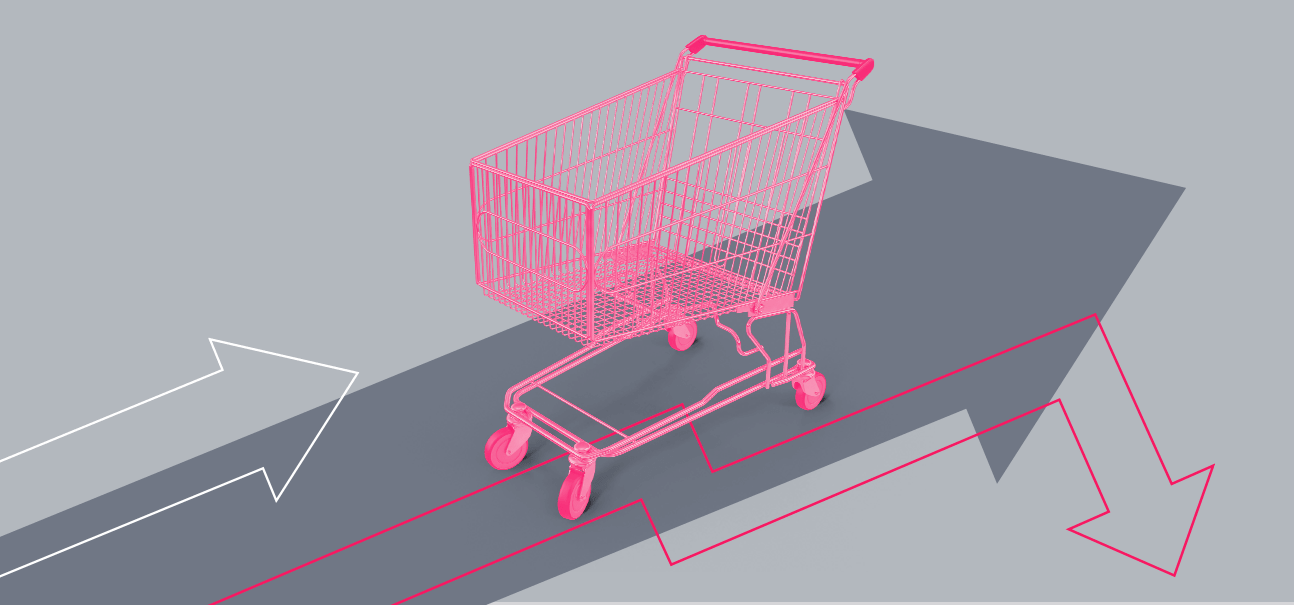
Since it was identified in China in late 2019, the new coronavirus has taken over the world. It received pandemic status in March as it spread across all continents, leaving more than 1,000,000 people infected in its wake to this date. Entire countries have stopped most of their economic activities and kept only essential services running.
This scenario is already impacting people’s lives and, despite the uncertainty regarding the medium and long-term effects, the fact is that COVID-19 will be one of our generation’s greatest tests of resilience and ability to recover the economy.
The Organization for Economic Cooperation and Development (OECD), which had already cut the global economic growth forecast from 2.9% to 2.4%, now speaks of a crisis as or more profound than that of 2008. The International Monetary Fund (IMF) has not yet announced its new figures but has already made it clear that it will not maintain the previous 3.3% outlook.
More pessimistic scenarios point to a deep recession. So much so that the US government is already negotiating a USD 1.8 trillion aid package: a kind of new Marshall Plan to lift the global economy out of a crisis that is already seen by experts as something close to post-World War II levels.
If the most pessimistic scenarios are confirmed and the global 2020 GDP is negative, this will be the third consecutive year of growth decline. A warning sign for the world economy for the next few years that goes far beyond the pandemic.
Over the past few weeks, we have followed the spread of the new coronavirus and have seen governments take steps to contain the increase in the number of cases. Voluntarily or otherwise, people started avoiding leaving home, which had immediate consequences for B&M.
In the United States, the drop was 9% according to data from March 16th, before California and New York decreed mandatory quarantine. With forced isolation, the downward trend will be even more profound in the coming weeks.
This scenario made people turn to e-commerce to buy essential items. According to a study released by Google on March 17th, China, Italy and Spain, which are now in total quarantine, saw a huge increase in searches related to cleaning products and personal hygiene items, medicine and groceries. In the opposite direction, products considered superfluous, such as furniture, clothing and luxury items experienced sharp drops in demand.
In countries where the measures were not so strict, such as the United Kingdom, Germany, and the United States – as the report predates the closure of the borders with Canada and Mexico and the quarantine of the states of New York and California -, the same trends were observed, even if less noticeable.
In line with the Google study, February data compiled by Nielsen shows that Americans have been on the hunt for personal care items, protective masks, and thermometers.

Regarding e-commerce, the initial data is quite significant. Quantum Metric, which tracks trade data from the American market, did a survey between January 1st and February 29th and identified an average 52% weekly increase in e-commerce sales. The conversion rate was also considerably higher, having grown by 8.8%. All this compared to the first two months of 2019, which shows the great influence the new coronavirus is having on these numbers.
Maintaining the supply of goods is one of the major challenges that the COVID-19 pandemic imposed on trade. With mandatory quarantines, factories close and their production is suspended. China, where the new coronavirus first surfaced, lived for almost two months under this rule and is only now beginning to resume activities.
In a globalized economy, this downtime impacts the supply chain, affecting the supply of products from various categories around the world. Clothing and fashion brands are already facing problems with their spring-summer collections in the northern hemisphere. UK retailers such as Marks & Spencer, who depend on Chinese production lines, already estimate delays of 4 weeks to 3 months in the delivery of new collections.
Technology companies have also seen gadget production drop: Foxconn, Apple’s main manufacturing partner, has halted much of its production in the past two months. This is estimated to lead to a reduction of around 10% of iPhone deliveries in the first quarter of the year.
Of course, companies that operate on a global scale have contingency plans. But in a pandemic scenario, where no place is virus-free, transferring production to other industrial centers is not a viable alternative.
Scientists from several countries are committed to researching the virus, seeking more effective treatments and developing a vaccine. This will allow people to protect themselves from COVID-19 and give them a chance to recover better if they contract the disease.
China is already showing signs of recovery. The number of infected appears to have stabilized and deaths have decreased. People are already able to go out onto the streets and economic activity is gradually resuming. Since China is the main supplier of industrialized goods to the world, this news is encouraging, but it is only the beginning.
The world is still suffering from an increase in the number of infected and deaths. Europe, the United States, and Latin America have a few weeks of quarantine ahead of them and a recession is looking increasingly likely. But as long as people, businesses and governments do their part, overcoming this entire crisis will only be a matter of time.

